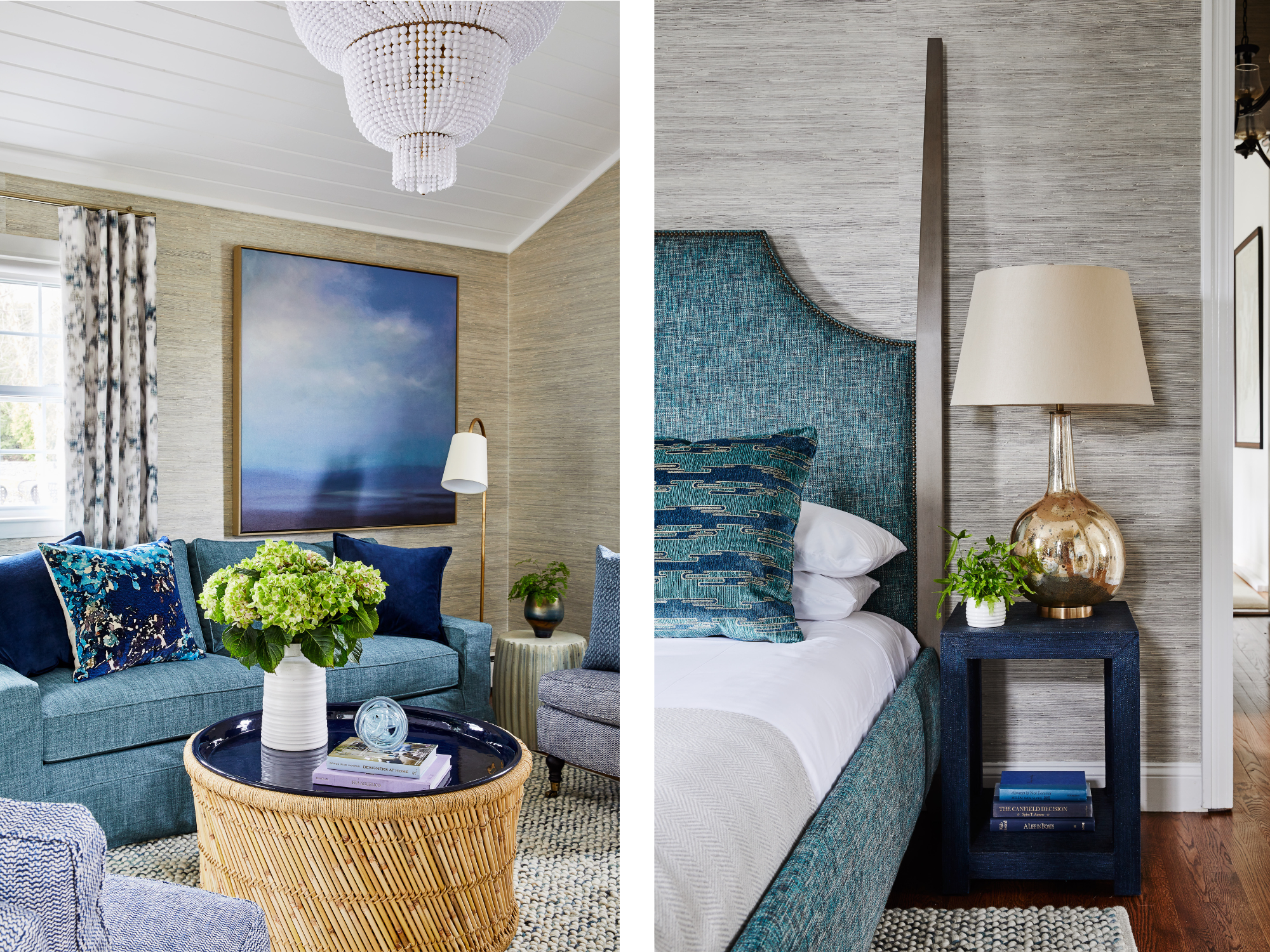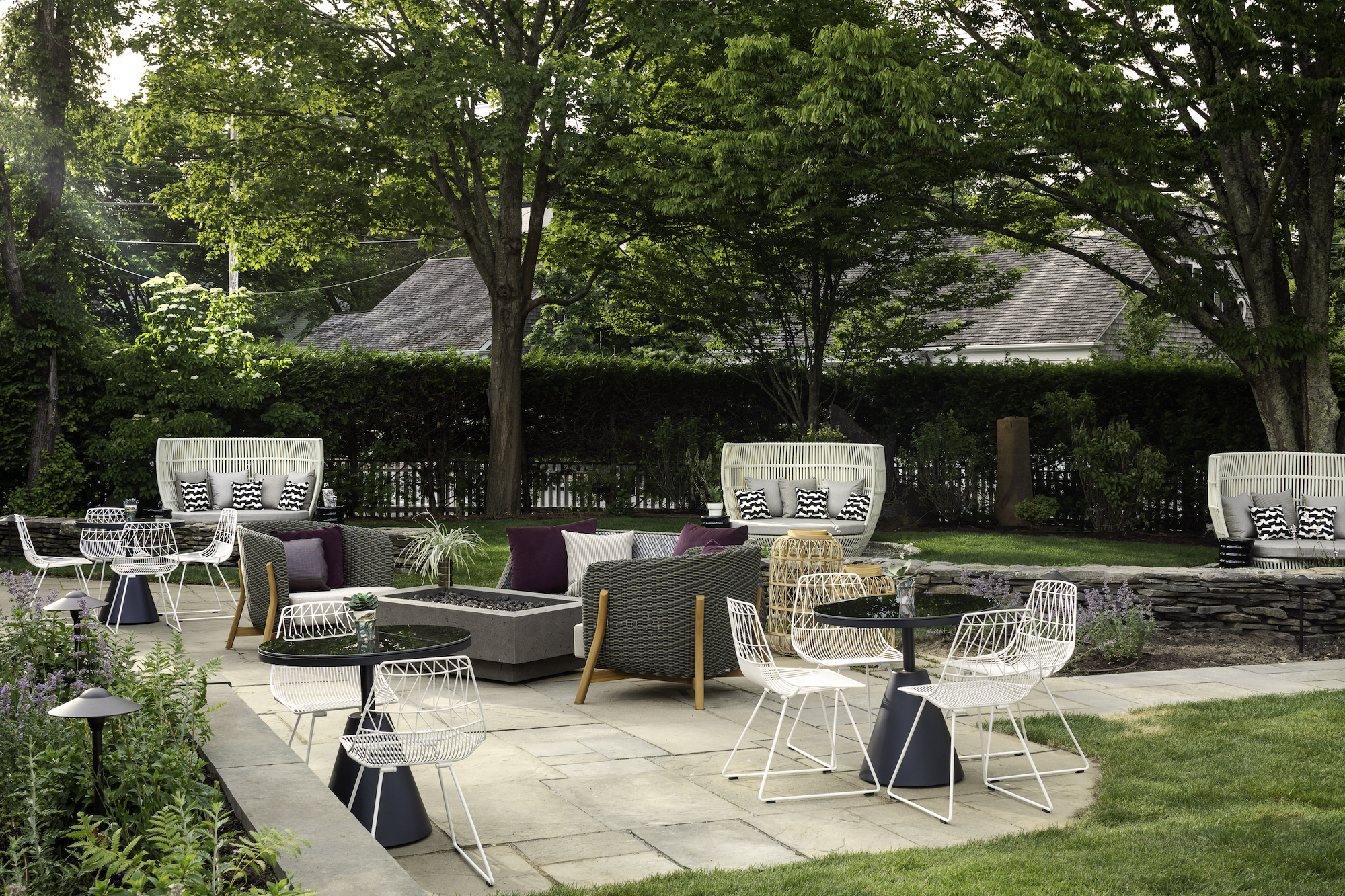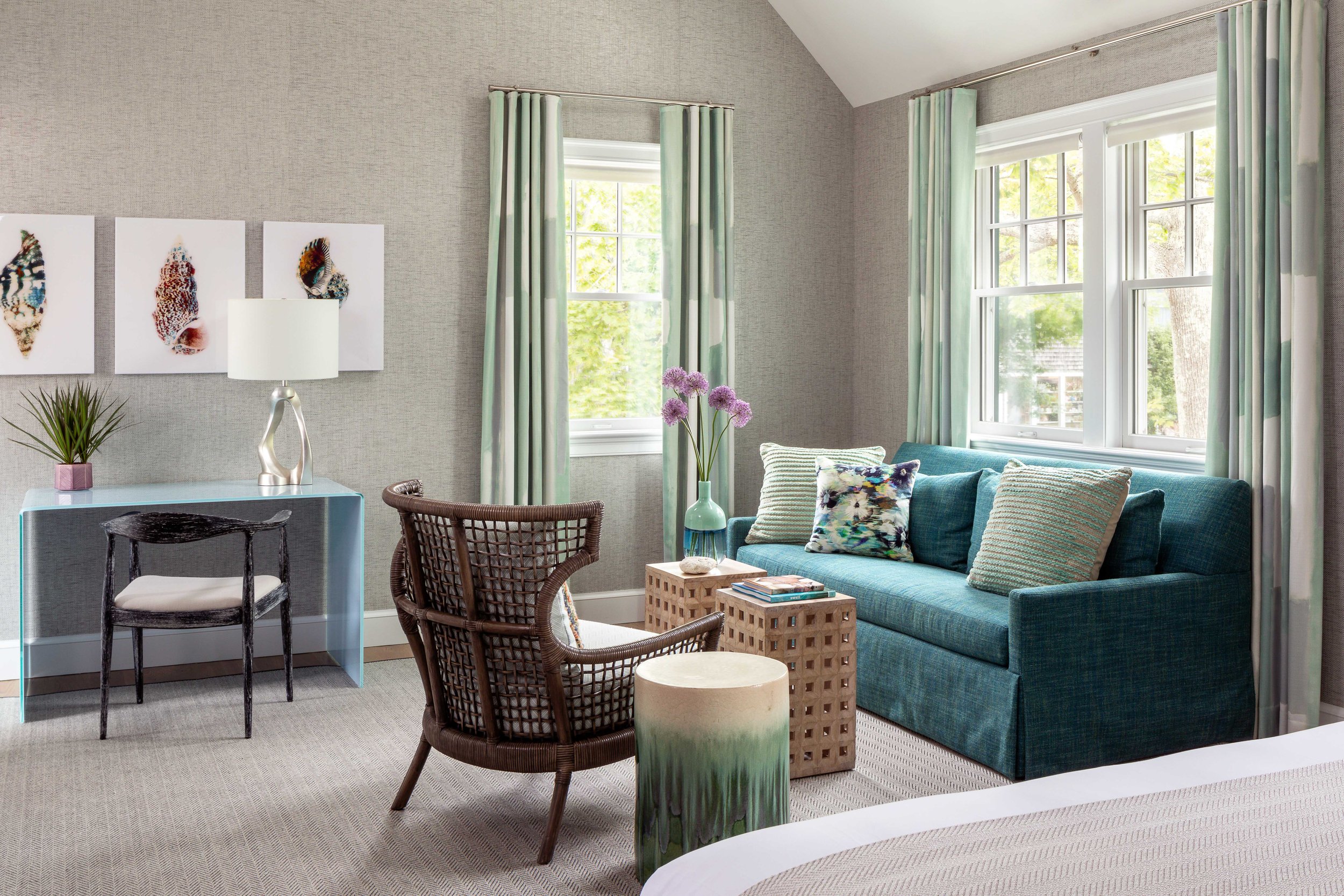6 Lessons from Hotel Design that Enhance Home Design
After close to 2 decades of work designing award-winning boutique hotels, we’ve learned that creating a space that seamlessly weaves together esthetics, functionality, and emotions is an ask that both hotel guests and homeowners can agree on. And memorable hotel experiences offer tons of inspiration for home design.
In fact, we always tell people when they are gathering information during the discovery phase of our home design process to think of a favorite travel experience, something that really struck them or made them long to return. It could be a hotel lobby with unique and thoughtful amenities or a backyard equipped with games and lounge space. Understanding what these experiences are and how they resonated with our clients helps us to create vacation-like designs that are uniquely innovative and perfect for creating memories in their family homes.
With so many interesting carry-overs from hotel to residential design, we thought we’d share some lessons we’ve learned from our hospitality experience to inspire your next home design project.
Lesson #1: Lean in hard when it comes to creating a sense of place.
Through our hotel work, which is so destination focused and has taken us to so many beautiful locations, we’ve learned a lot about how to incorporate a sense of place in a way that authentically represents its surroundings. It’s not overly themed or too obvious. The design needs to feel like it's interwoven into the destination itself. Whether it’s working with local craftsmen to create furnishings or partnering with a local artist or photographer to help tell a story, these special ways allow us to get really creative in an unexpected way.
Lesson #2: Durability is key when it comes to materials and finishes.
Materials and finishes are an area that is top of mind for many clients. That same need for durability in hotel design applies to vacation homes. Homeowners don’t want to worry about upkeep and how they are using the space. Creating a space that is beautiful and comfortable while using elements that are durable and easy to maintain is important so that clients can really unwind, relax and enjoy time with their families.
Lesson #3: Outdoor space is an extension of the property’s footprint.
Outdoor spaces are really big at hotels because they are typically the common spaces for people to gather and socialize. As a result of the pandemic, we’ve seen residential outdoor space become much more important. People have really started thinking about outdoor space as an extension of the property. A place that encourages gathering and hanging out. And a lot of effort and thought goes into creating these unique spaces. It’s not about throwing down a sofa and two end chairs but instead really creating a full room that is a part of the home.
Lesson #4: Amenities are not just for hotels anymore.
We’ve definitely seen an uptick when it comes to the type of amenities our residential clients are looking to include in their designs. Special touches that hotels rely on to make guests feel welcome are now being adapted for home design. A great example is at our coastal RI home project where the client has asked for an outdoor water station so guests can fill up their water bottles while on the go or lounging outdoors. It reminds us of amenities at the Syndey Hotel where guests will find Cold Brew and Kombucha regularly on tap. It’s a special touch that makes guests feel welcome.
Lesson #5: Try to understand the functional needs of a traveler.
Working in the hotel design world has taught us a lot about how people use rooms when they are traveling and vacationing. So from a functionality perspective that’s given us a lot of helpful information for residential projects. This includes designing small private spaces specified for working or taking calls. And having a variety of small lounging areas for leisure and catching up on that summer read.
Lesson #6: Pushing the boundaries in hotel design has really paid off.
We are typically able to push the creative boundaries more in hotel projects because it’s not someone’s home. This ability to be more creative has widened the resources and ideas that we can bring to our residential projects, just imagined or scaled in a different way. Because we have such a depth of experience in both hotel and residential design our resources are that much greater. This includes how we source too. Going to both residential and hospitality trade shows gives us a broader understanding of new and innovative ways to design both types of projects.
We hope these lessons inspire you in your next home design project.
Warmly,










